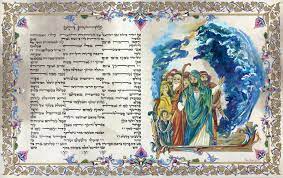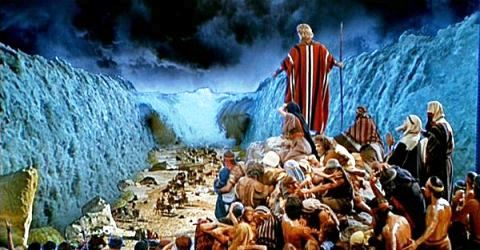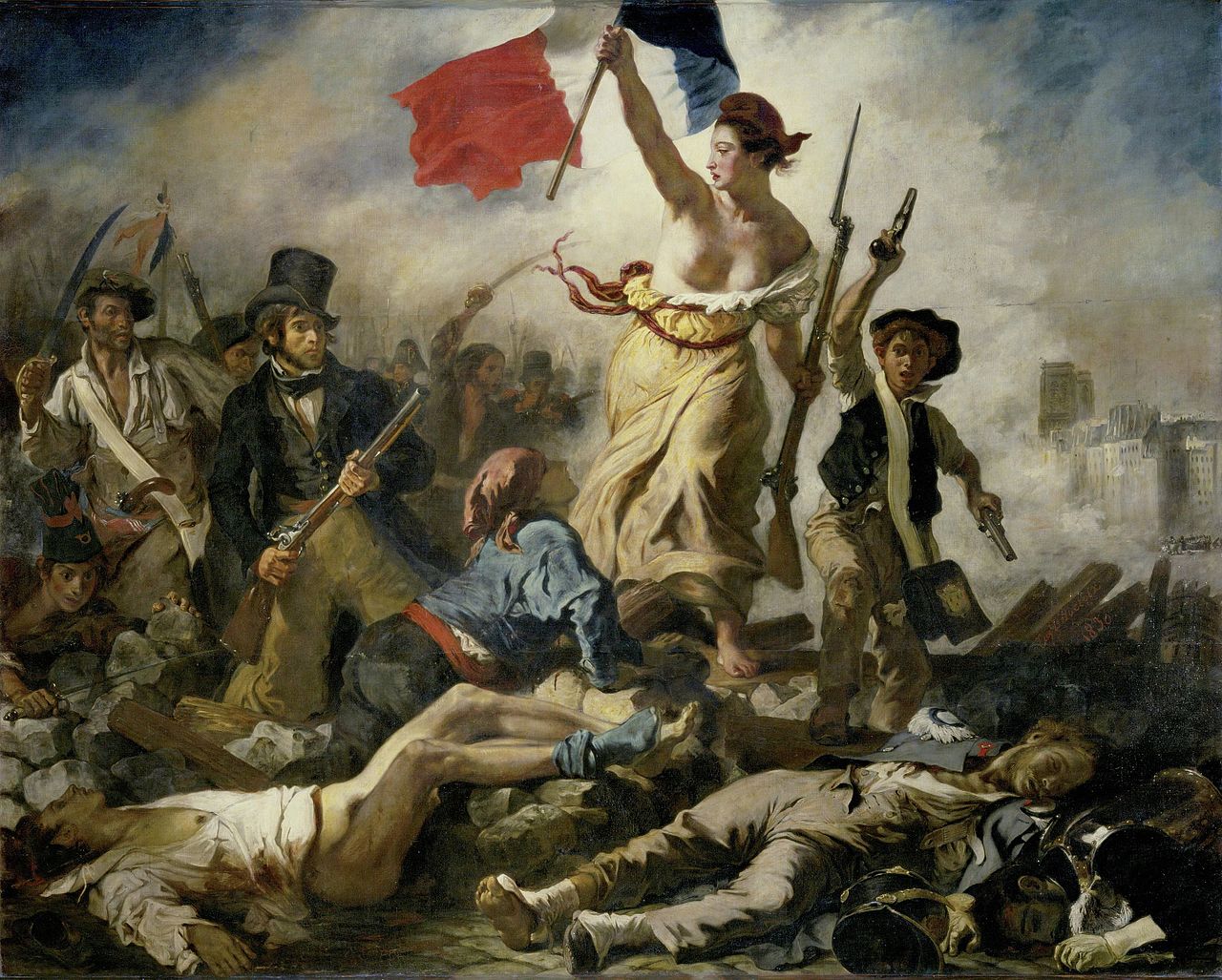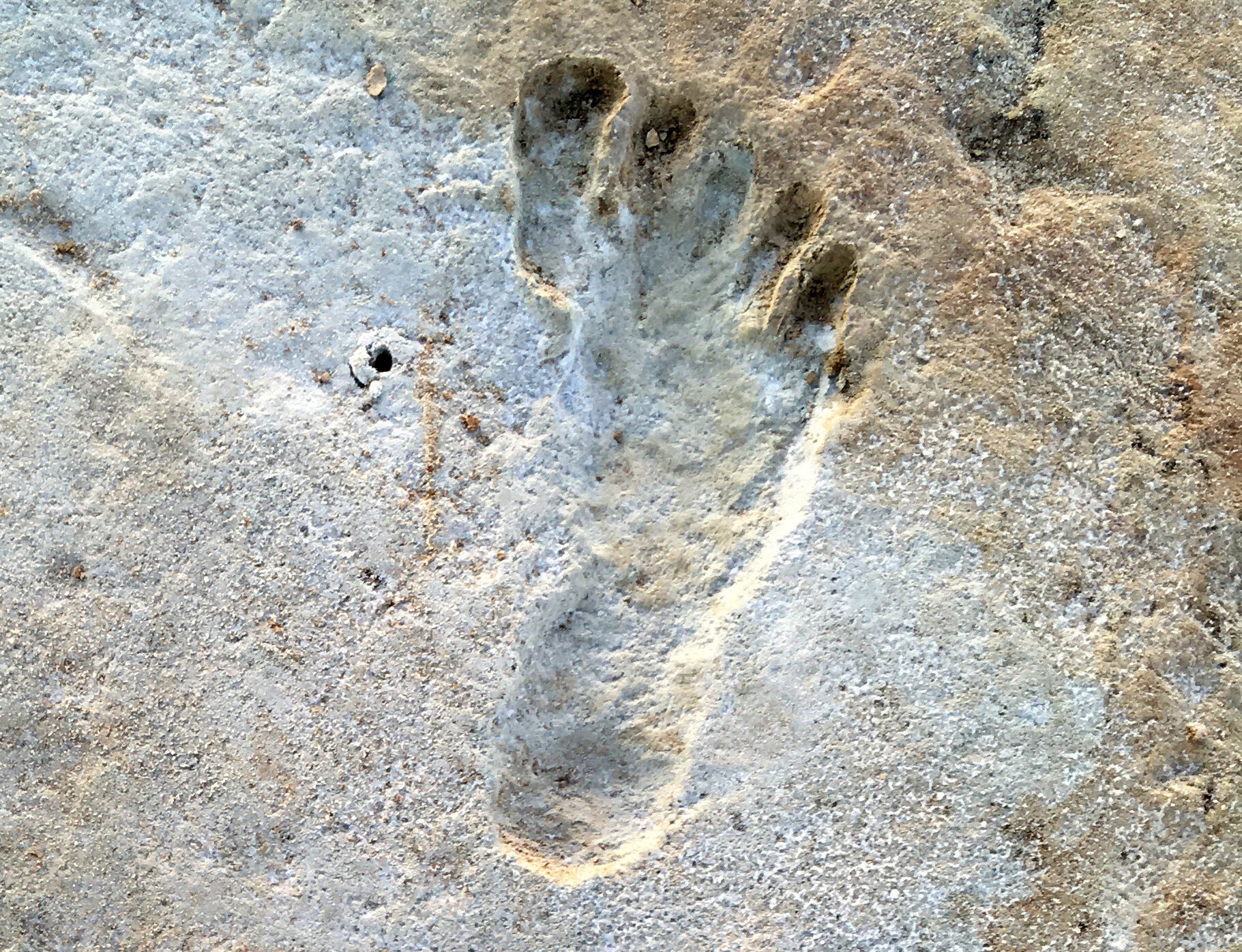Sing, Sing, Sing...

Beshalach, בְּשַ×לַּח Hebrew for “when he let go,” constitutes Exodus 13:17–17:16. Pharaoh changes his mind and chases after the Israelite people with his army, trapping them at the Sea of Reeds. G-d commands Mosheh to split the sea, allowing them to pass, then closes the sea back upon the Egyptian army, and they drown.
Miriam
In Parashat Beshelach, Miriam’s name is mentioned for the very first time. In Shemot 2:4 we were first introduced to her as “his sister” (Mosheh’s sister) looking out for her baby brother in the Nile river. In Shemot 2:8 when she speaks to Pharoh’s daughter, she is “A girl” Almah. Only after The Israelites crossed the Red Sea, we hear her name for the first time: Miriam the prophet, the musician, playing the Tamburine, as she was leading all the Israelite women in song and dance to celebrate.
Shirat Hayam
Parashah Beshelach, is notable for the “Song at the Sea” , Shirat Hayam. “The Song of Moses”, or “Mi Chamocha”, was sung by the Israelites after their crossing the Red Sea in safety, and celebrates the destruction of the Egyptian army during the crossing, also the hoping and looking forward to the future conquest of Canaan. Soon after, the Israelites begin to complain about life in the desert. There are the miracles of manna and clean water. The nation of Amalek attacks, the Israelites battle the Amalekites and win.
Amalek, Passover and Purim
The sixteenth Sabbath after Simchat Torah, Jews read it, as the parashah describes G-d’s deliverance of the Israelites from Egypt, also it is the initial Torah reading for the seventh day of Passover. And Jews also read the part of the parashah about Amalek on Purim, which commemorates the story of Esther and the Jewish people’s victory over Haman’s plan to kill the Jews, told in the book of Esther. Esther 3:1 identifies Haman as an Agagite, and thus a descendant of Amalek. A Midrash tells that between King Agag’s capture by Saul and his killing by Samuel, Agag fathered a child, from whom Haman in turn descended.
Why did Miriam sing?
“Miriam the prophetess … took the tambourine in her hand; and all the women followed her with tambourines and dances. and Miriam called to them: Sing to G‑d… ” Exodus 15:20-21.
Why did Miriam sing? Is it for the same reason we sing? What is a song? Isn’t it a prayer? the endeavor to rise above all worries and the petty cares of life and reach out to one’s source? Song is the quest for redemption. As a Singer-Songwriter myself, many times I am inspired to write a song when I need help the most, when I have to reach higher, and connect to spiritual realms.
The 9 redemption songs
The Midrash mention 10 occasions on which the experience of redemption found expression in melody and verse. The first nine were: the song sung on the night of the Exodus in Egypt (Isaiah 30:29), the “Song at the Sea” (Exodus 15:1-21), the “Song at the Well” (Numbers 21:17-20), Moses’ song upon his completion of writing the Torah (Deuteronomy 32), the song with which Joshua stopped the sun (Joshua 10:12-13), Deborah’s song (Judges 5), King David’s song (II Samuel 22), the song at the dedication of the Holy Temple (Psalms 30), and King Solomon’s “Song of Songs” extolling the love between the Divine Groom and His bride Israel.
Shir Chadash
The tenth song, says the Midrash, will be the “Shir Chadash”, the “New Song” of the ultimate redemption: a redemption that is global and absolute; a redemption that will end all suffering, ignorance, jealousy, and hate from the face of the earth; a redemption of such proportions that the yearning it evokes, and the joy it brings, require a new song.
Shabbat Shirah
The most well known of the ten songs of redemption is “Shirat HaYam”, the “Song at the Sea” sung by Mosheh and the children of Israel upon their crossing of the Red Sea. We recite this song every day in our morning prayers, and publicly read it in the synagogue twice a year: on the 7th. day of Passover and on parhashat Beshelach, a mid-winter Shabbat in the course of the annual Torah-reading cycle, a Shabbat which is therefore distinguished with the name Shabbat Shirah, “Shabbat of Song.”
Song at the sea
The “Song at the Sea” praises G‑d for His miraculous redemption of Israel when He split the Red Sea for them and drowned the pursuing Egyptians in it, and expresses Israel’s desire that G‑d lead them to their homeland and rest His presence amongst them in the Holy Temple. It concludes with a reference to the ultimate redemption, when “G‑d will reign for all eternity.”
Sing, Sing, Sing!
Why is it important to sing? singing have positive psychological effects. The act of singing releases endorphins, the brain’s “feel good” chemicals. Singing in front of a crowd, naturally builds confidence, which has broad and long-lasting effects on general well-being. But of all types of singing, choral singing that seems to have the most dramatic effects on people’s lives. Singing is not about being a pop-star or knowing how to do it well. It is about enjoying the gift of our voices and sharing them with others. We were born to sing. It’s primal and it’s tribal. Voice is the language of our hearts. It’s how we express ourselves. And it’s very important to our mental, physical and social well-being.
So Sing Sing Sing, Kol Tuv.




Comments